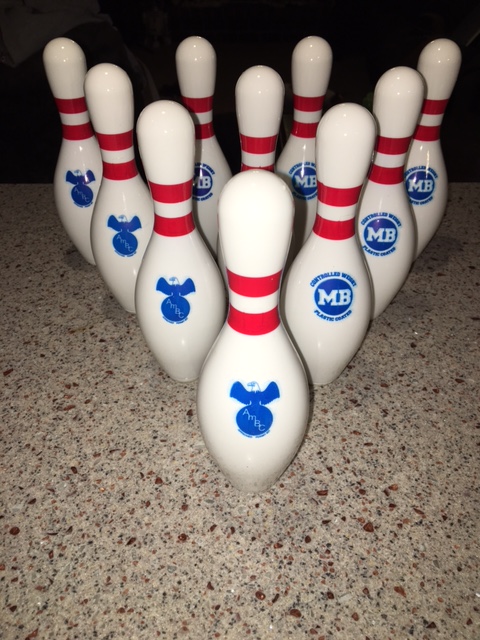

The pins are not numbered but the positions in which they are placed are numbered. The width of the lane is 41.5 inches and consists of 39 woods.Īt the end of the lane, the pins are arranged in four rows with one pin in the first row, two pins in the second row, three pins in the third and four pins in the last row. Here the player holds the ball and rolls it in the lane while making a proper balance. The approach area is 15 feet long and ends at the foul line. If the ball drops off the lane, it falls into the gutter and gets carried past the pins. On the other side of the lane, gutters are there.

About 15 feet from the foul line, a set of guide lines are there. The length between the pins and the foul line is 60 feet. At the end of the lane, pins are arranged in a triangular manner. A foul line is there at the beginning of the lane which shouldn’t be crossed by the players while bowling. Ten-Pin bowling is played on a smooth, narrow surface called lane. Some of the countries where bowling is famous both as a sport and entertainment include England, USA, Finland, Australia, Sweden, Denmark, Canada, Germany, Colombia, and Korea. It has been enlisted in the eight shortlisted sports to be included at 2020 Olympics in Tokyo. There is also an active movement to make bowling a part of Olympic sports. Today there are more than 100 million bowlers in over 90 countries around the world. It is also the second highest sport around the world in which the players participate. Participating Countriesīoth as a sport and as entertainment, bowling is quite popular all over the world.

Around the mid-1960s, there were almost 12000 bowling alleys in United States. Night clubs as well as restaurants started introducing indoor bowling clubs all around the world. During the 1950s, the sport’s popularity went sky high and the number of members in both ABC and WIBC increased gradually during that phase. In 1916, Women’s International Bowling Congress (WIBC) was also formed. In 1895, prominent bowling leaders gathered at New York City to form the American Bowling Congress (ABC) and it started standardizing rules for the bowling game. The first indoor bowling alley was made in New York City in 1840. Later on, it became very popular and is also called Bowl on the green. Nine-pin bowling was introduced to United States by the Europeans during the colonial era. King Edward III of England banned this game so that the troops concentrate more on archery practice.Ī place in Southampton, England claims to be the oldest bowling lawn since 1299 which is still in operation. The first written reference of the game signals to 1366. Some historians also claim that it was originated in Germany in around 300 A.D. British Anthropologists have discovered bowling balls in Egyptian graves dating around 3200 BC. The origin of bowling games is still obscure. At the end of ten rounds, the player who scores maximum points becomes the winner. Based on the number of pins knocked out, the player gets points. The players need to hold the ball using the three finger drills on the ball. In this game, the players try to score points by knocking down as many pins as possible using the bowling ball. Based on the number of pins used or the type of bowling ball used, different countries have different variants of the game. The pins at the end of the lane are arranged in a triangular shape by an automated machine. Ten-pin bowling is a sport where players try to hit 10 pins placed at the end of a wooden lane using a bowling ball.


 0 kommentar(er)
0 kommentar(er)
